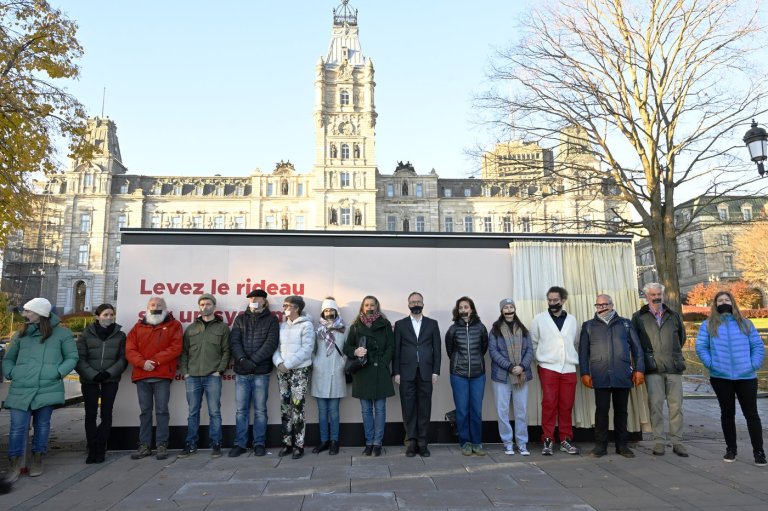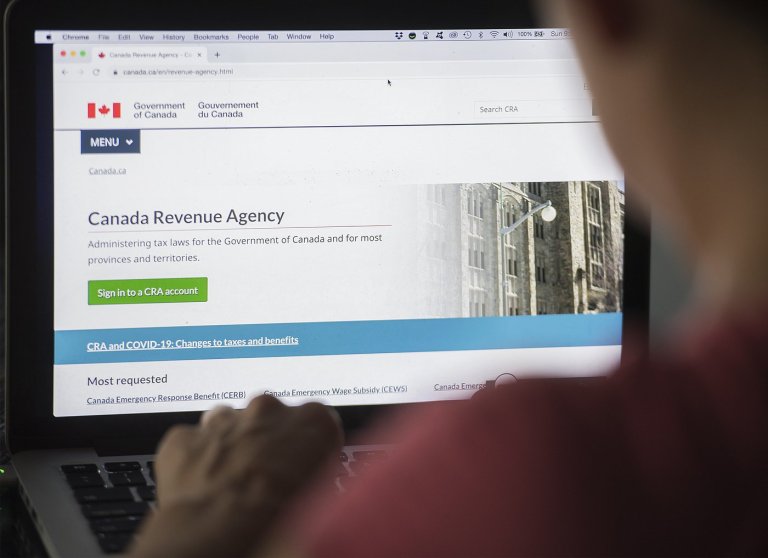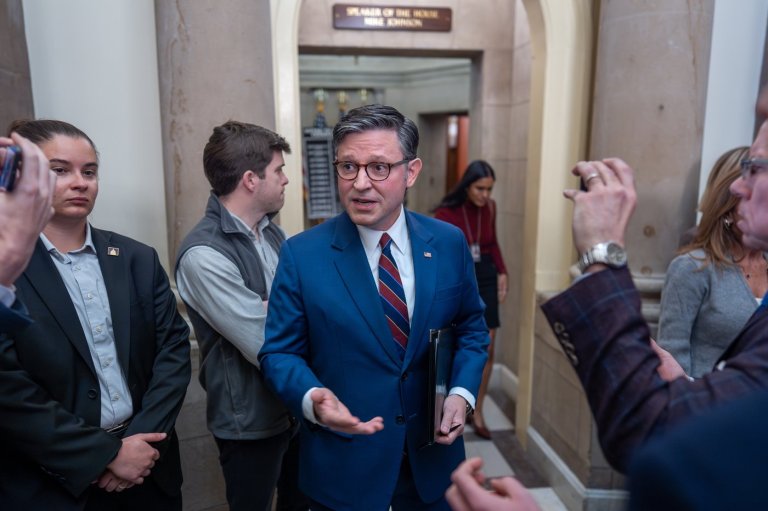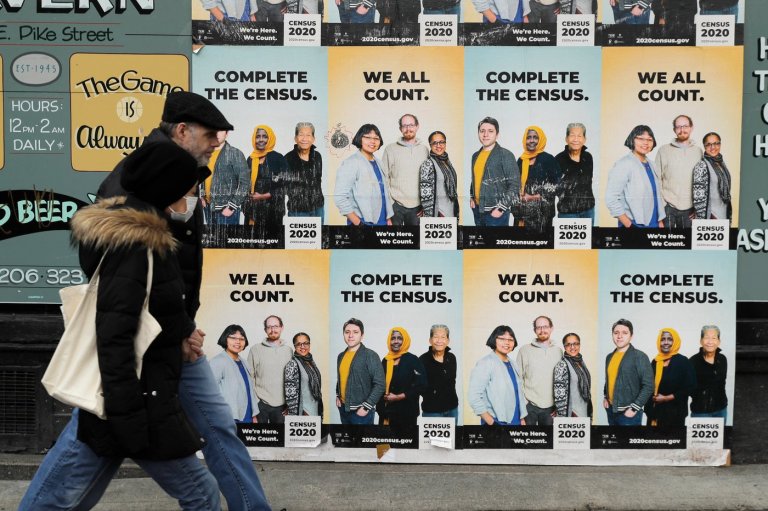What is the notwithstanding clause? An explainer on the rarely used provision
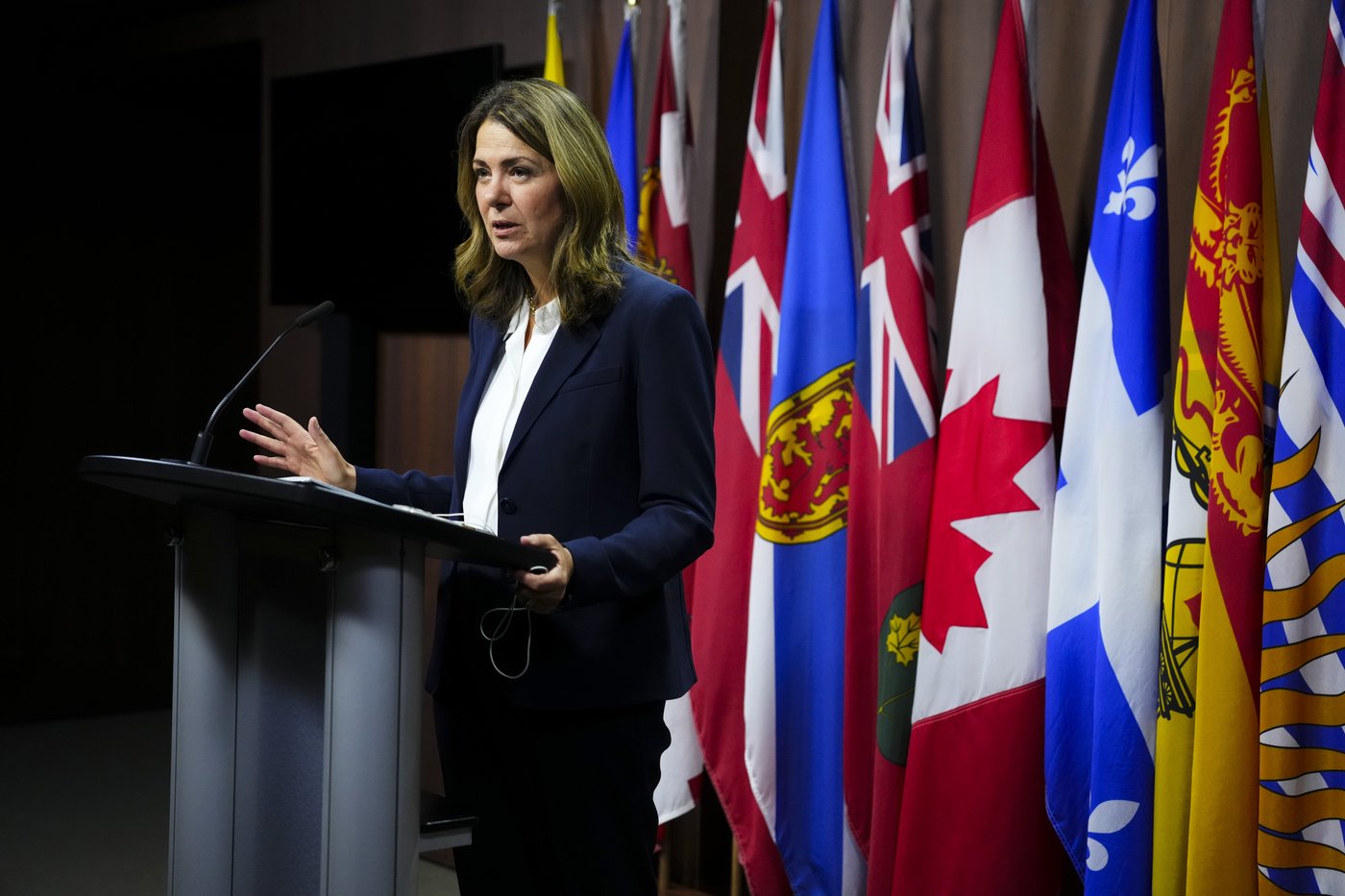
The Alberta government on Monday invoked the notwithstanding clause in legislation ordering 51,000 striking teachers back to work. Premier Danielle Smith said it was needed because of the size of the strike — the largest in Alberta history — and the need for labour stability in schools.
Here is a look at the rarely used clause:
What is it?
The notwithstanding clause — or Section 33 of the Charter — gives provincial legislatures or Parliament the ability, through the passage of a law, to override certain portions of the Charter of Rights and Freedoms for up to five years.
Its origins
The clause, in its current form, came about as a tool to bring provinces onside with then-prime minister Pierre Trudeau’s signature piece of legislation. With Charter negotiations ramping up in the early 1980s, Trudeau didn’t see the need for the clause, but provinces, including Alberta and Saskatchewan, wanted an out should they disagree with a court decision. In the end, Trudeau agreed.
Its structure
The clause applies to certain sections of the Charter. It can’t be used against provisions that protect the democratic process. The clause also can’t be used for more than five years at a time. This ensures the public has the chance to challenge a government’s decision to use the clause in a general election before it can be renewed.
Some of its uses
The clause usually comes up when there’s a controversial court ruling. Former prime minister Stephen Harper’s Conservatives were asked about — but refused to use — the clause on a court decision involving assisted dying. While often debated, its use is rare.
Quebec, the only provincial government to oppose the Charter, passed legislation in 1982 that invoked the clause in every new law until 1985. It used it again in 1988 to protect residents and businesses using French-only signs.
In 2019, Quebec used the clause to pass its secularism law prohibiting certain public sector workers from wearing religious symbols at work. In 2021, it used the clause to pass a law limiting the use of English in the public service.
Ontario invoked the clause in 2021 to restore parts of its Election Finances Act. In 2022, it used it to pass legislation imposing contracts on education workers and banning them from going on strike.
Saskatchewan used the clause in 1986 to protect back-to-work legislation for public sector workers. It used it again in 2023 for legislation requiring parental consent for students under 16 to change their names or pronouns at school.
Alberta tried but failed to use the clause in a 2000 bill limiting marriage to a man and a woman. In addition to using it this year to force striking teachers back to work, the province has said it may use the clause in three laws affecting transgender people.
Supreme Court
The Supreme Court of Canada is hearing a legal challenge to Quebec’s secularism law. Some appellants are asking the court to restrict the pre-emptive use of the notwithstanding clause, or to find that courts can still weigh in on the constitutionality of a law when the clause is invoked.
The federal government has urged the top court to set limits on how the clause can be invoked, arguing its repeated use amounts to “indirectly amending the Constitution.”
—
This report by The Canadian Press was first published Oct. 28, 2025.
Join the Conversation!
Want to share your thoughts, add context, or connect with others in your community?
You must be logged in to post a comment.













